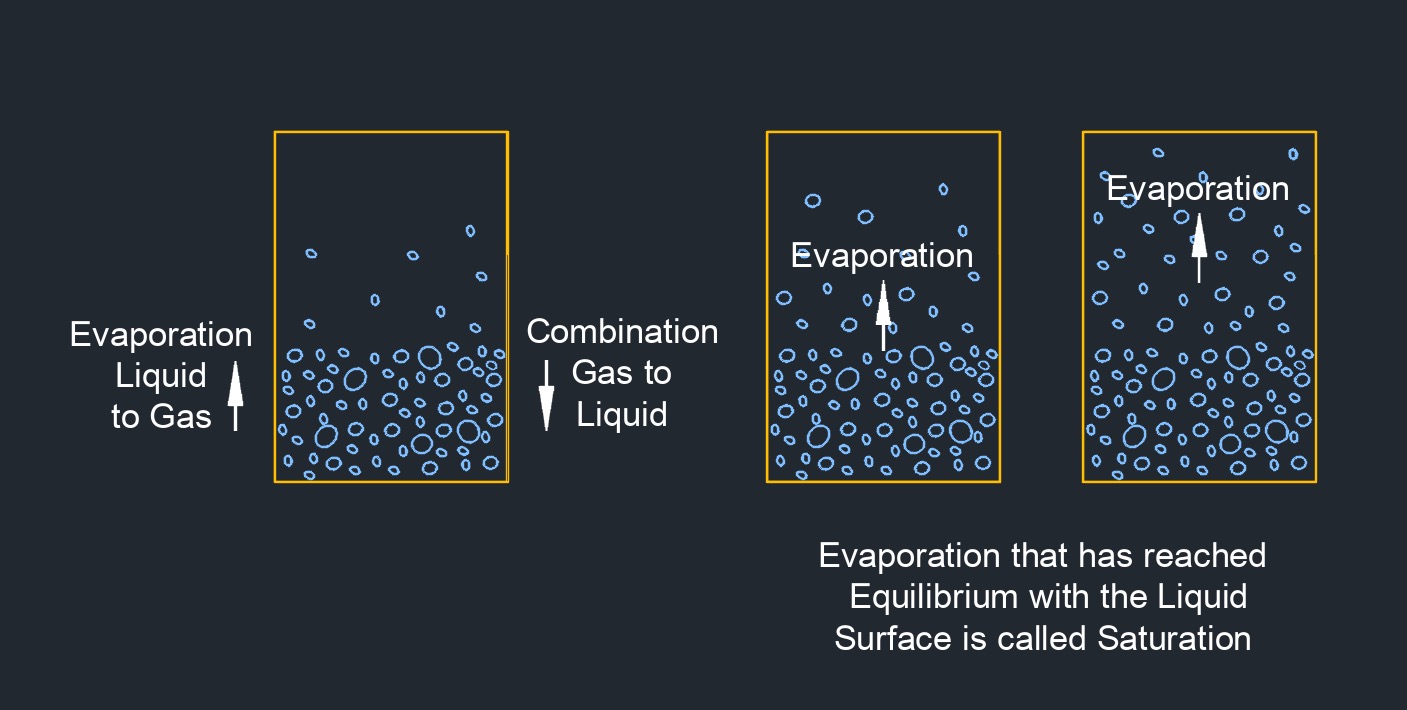Vapor Density
Vapor Density Formula |
||
|
\( \rho_v \;=\; \dfrac{ MW_g }{ MW_a }\) (Vapor Density) \( MW_g \;=\; \rho_v \cdot MW_a \) \( MW_a \;=\; \dfrac{ MW_g }{ \rho_v }\) |
||
| Symbol | English | Metric |
| \( \rho_v \) (Greek Symbol rho) = Vapor Density | \(dimensionless\) | \(dimensionless\) |
| \( MW_g \) = Molecular Weight of Gas | \(lbm \;/\; lbmol\) | \(kg \;/\; kmol\) |
| \( MW_a \) = Molecular Weight of Air | \(lbm \;/\; lbmol\) | \(kg \;/\; kmol\) |
Vapor density, abbreviated as \rho_v, a dimensionless number, is a measure of the density of a gas or vapor relative to a reference substance.

Vapor Density Interpretation
Vapor Density (\( \rho_v \) < 1) - If a vapor or gas has a vapor density less than 1, it is lighter than air. This means it will tend to rise and disperse in the atmosphere.
Vapor Density (\( \rho_v \) ≈ 1) - If the vapor density is close to 1, the gas will tend to mix and disperse throughout the air.
Vapor Density (\( \rho_v \) > 1) - If a vapor or gas has a vapor density greater than 1, it is heavier than air. This means it will tend to sink and collect in low-lying areas, basements, or confined spaces. This is a critical safety consideration, as flammable or toxic gases heavier than air can accumulate and pose significant hazards (e.g., fire, explosion, asphyxiation).

